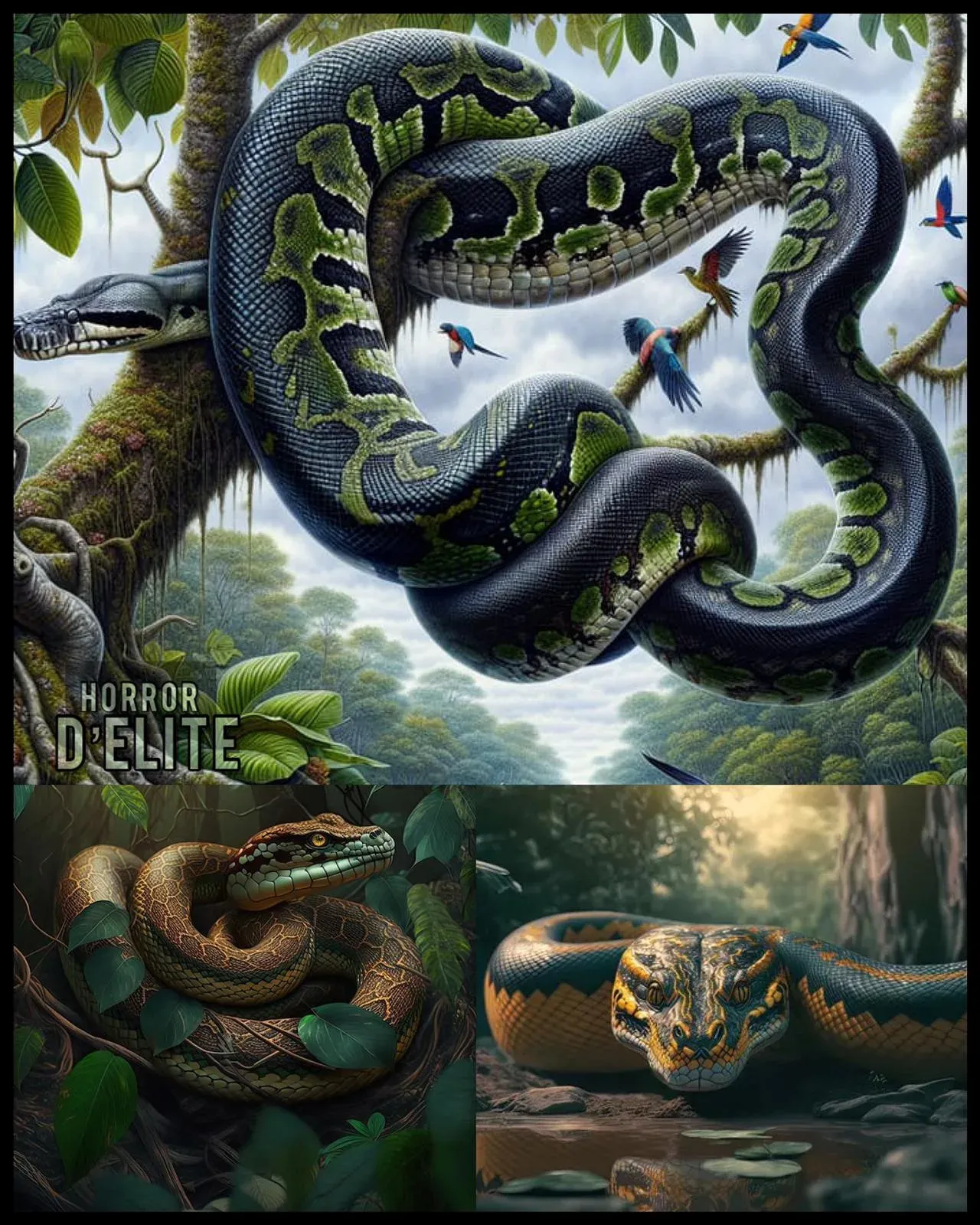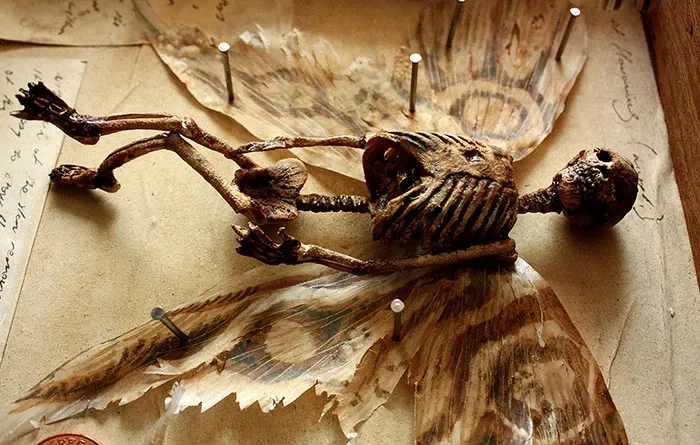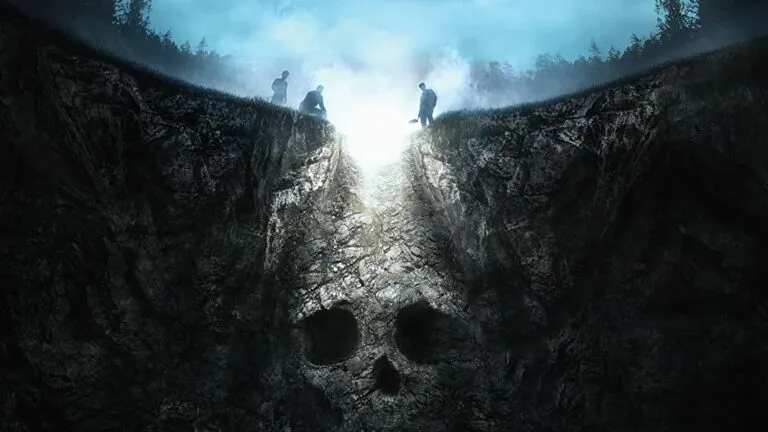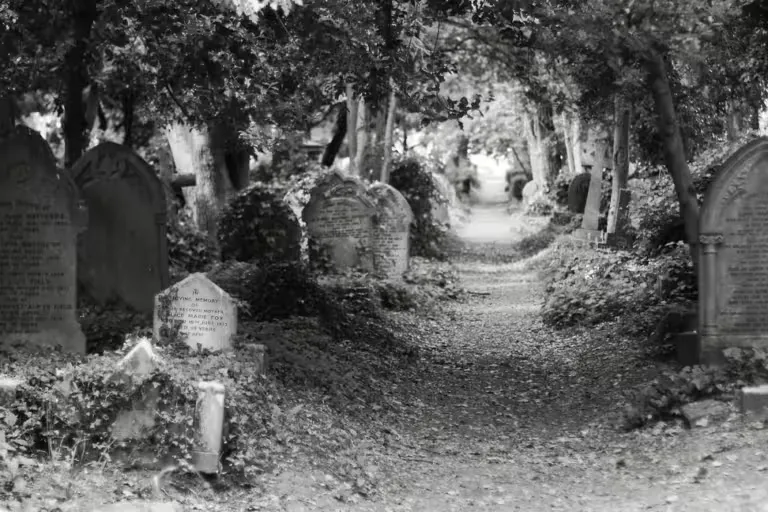The Mysterious Snake of Congo
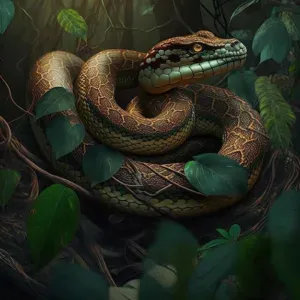 The Mysterious Snake of Congo
The Mysterious Snake of Congo
During the Second World War, in 1944, Remy Van Lierde, a colonel in the Belgian Air Force, spotted a snake of extraordinary size while flying over the Congo.
According to Van Lierde’s account, the sighting occurred while he was aboard a reconnaissance helicopter. While flying over a remote region of the Congo, he noticed a huge creature moving among the jungle trees. The snake was dark brown in color, about 15 meters long, and had an imposing appearance.
During an interview on the Mysterious World program, hosted by science fiction writer Arthur C Clarke, the military officer stated the following:
“I would say that the snake I saw was close to 15 meters. The helicopter even descended to about 9 meters from the snake, so much so that it ‘lifted’ its neck by about 3 meters, trying to bite the aircraft.”
“I could see very clearly the head, which seemed to belong to a very large horse, with a huge triangular jaw. It could easily have eaten a man.”
Now the question arises spontaneously: could such a story be true?
Van Lierde’s sighting aroused great interest and debate among experts. Some suggested that the snake could be a specimen of a giant anaconda, a species that can reach considerable sizes. However, the dimensions reported by Van Lierde were still beyond those of the largest anaconda ever recorded, which to date is a specimen of 6.3 meters and therefore less than half. But that’s not all, the anaconda lives in South America.
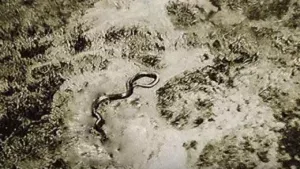 Other skeptics hypothesized that the sighting could be the result of visual distortion or exaggeration on the part of the colonel. However, Van Lierde was an experienced pilot and a high-ranking officer, and his testimony was considered reliable.
Other skeptics hypothesized that the sighting could be the result of visual distortion or exaggeration on the part of the colonel. However, Van Lierde was an experienced pilot and a high-ranking officer, and his testimony was considered reliable.
Despite efforts to investigate the sighting, no concrete evidence of the existence of a giant 15-meter snake in the Congo was ever found. Van Lierde’s sighting remains an unresolved mystery, fueling curiosity and speculation about the possible existence of unknown creatures in the African jungle.
Several hypotheses have been formulated to try to explain the sighting of the giant snake by Colonel Van Lierde in the Congo during the Second World War. Here are some of the possible hypothesized causes:
Other hypotheses
Unknown species: Some experts have suggested that the sighting could be attributable to a species of snake unknown to science. The remote region of the Congo is known for its biodiversity, and many species are still undiscovered. It could be possible that there is a species of snake of extraordinary size that has not yet been documented.
Optical effect or illusion: In some circumstances, particular atmospheric conditions or optical effects can create illusions or visual distortions. It could be possible that the snake sighted by Van Lierde was simply an optical effect or an illusion caused by particular environmental conditions.
Misinterpretation of information: It is also possible that Van Lierde misinterpreted the visual information he received, creating a distorted image of the snake. The human mind is subject to misinterpretations and perceptual errors, so it could be that the colonel misinterpreted what he saw.
The Mysterious Snake of Congo

